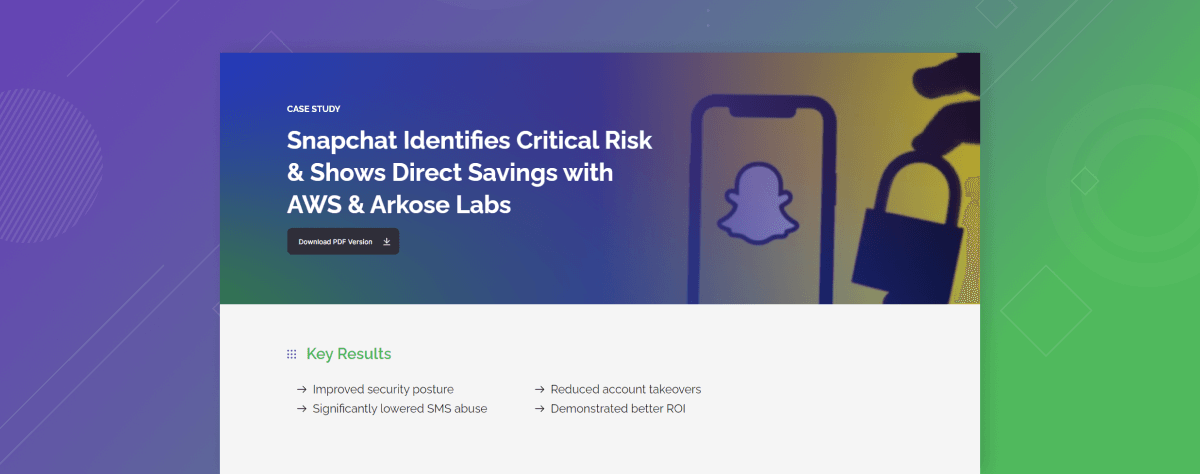Definition of a botnet attack
Bots have redefined the online experience for both enterprises and individual consumers alike. Bots, both good and malicious, now comprise a significant portion of internet traffic and are used to automate processes, conduct brute-force attacks, hunt for vulnerabilities in zombie APIs, send emails used for scams, steal cryptocurrency, and everything in between.
What is enabling many of these bot interactions is the increased use of botnets by hackers. Put simply, a botnet is a collection of bots that are used for malicious, large-scale attacks. Usually they are made up of one or more online devices, including computers or smartphones across the Internet of Things (IoT), that have been taken over by cybercriminals with malware.
This interconnected web of hijacked and vulnerable devices enables cybercriminals to conduct their attacks, like sending spam or phishing emails, the theft of credentials and sensitive data from enterprises, or performing distributed denial-of-service or brute force attacks. Most of the time an individual is unaware that their hijacked device is even being leveraged by cybercriminals in such a fashion.
Looking to brush up on the intelligent bot revolution? Read our ebook below.
How botnets are used by cybercriminals in malicious activities
Botnet attacks, and criminal organizations to utilize botnets, have been making waves in recent years, but these attacks go beyond ransomware attacks or the annoying spam messages we all receive. These types of large-scale botnet attacks won’t go away anytime soon, however, as botnets’ popularity continues to grow as a tactic of choice for many attackers and bad actors, in which headlines and news stories on social media only confirm this unfortunate reality. Here are two common botnet use cases:
DDoS attacks
Here are two examples of botnets being used as part of a denial of service. Microsoft researchers uncovered a botnet, MCCrash, at the end of 2022 that targeted a popular game's servers. MCCrash would infect machines using the Windows or Linux operating system with its botnet malware and use them for DDoS attacks against servers for the ever-popular Minecraft game. This is similar to the more recent Mirai malware botnet. In this instance, Mirai targeted vulnerable Linux servers to develop a botnet to conduct DDoS attacks.
Credential stuffing attacks
Another example is the Russian RSOCKS botnet that was taken down by the US government's FBI in coordination with Germany, the Netherlands, and the UK. Much like the MCCrash botnet, RSOCKS would infect IoT devices with malware in order to conduct credential-stuffing attacks and other malicious activities. Furthermore, infected devices were sold as proxies that would-be cybercriminals can purchase to disguise their IP addresses, making it difficult to pinpoint where an attack is coming from.
Why it is difficult to identify and detect bots and botnets
For cybercriminals, one of the advantages of a botnet is that it allows them to quickly and easily scale their attack, or distribute malware, at a more cost-effective rate than hiring humans in the form of fraud farms or sweatshops to perform similar actions. Using a botnet enables a herder to hunt for vulnerabilities within a system and then exploit them.
Botnets—and the bot herder performing C&C on the internet-connected devices behind the scenes—are also getting more intelligent with the rise of AI and machine learning (ML). This adds an extra layer of complexity for security teams as bots are getting better at avoiding detection and impersonating legitimate users.
This means that the pressure is on for enterprise security teams who need to remain vigilant when it comes to identifying and detecting botnets. The problem is that many traditional approaches haven’t caught up with the intelligent bot evolution. It is no longer adequate to solely focus on signatures or activity or screen for bot activity using legacy bot detection solutions. Enterprises should instead look to harness ML and AI that can empower their security teams to thrive in the fight against bad bots.
Methods for preventing and protecting against botnet attacks
Once you identify and detect a botnet, what comes next? Traditionally enterprises would block suspicious traffic or traffic from a specific geographic area through geofencing. This is no longer the best course of action, as bots have evolved to mimic legitimate users, IP addresses can be disguised, and the consumer experience has drastically changed, along with their expectations for seamless digital experiences.
Consumers don’t want to experience the friction associated with counter-bot activities, including more traditional or legacy approaches like CAPTCHAS that can’t discern the difference between a legitimate consumer and malicious non-human. Furthermore, wholesale blocking traffic is counterproductive as enterprises can potentially block legitimate customers, hurting online traffic, revenue, and a brand’s overall reputation. Bots that become part of a botnet have evolved and so have bot mitigation solutions.
Enterprises should instead use an adaptable bot mitigation solution that presents challenges based on risk assessments associated with specific users and use a dynamic risk engine and challenge-response mechanism that develops improved risk predictions. Additionally, in today’s fast-paced (and oftentimes unforgiving) cybersecurity environment, actionable data and insights are a key differentiator that can be the difference between a successful or failed attack. That is why it is imperative to choose a solution that proactively provides these insights, including analysis and visibility on bot vs. human traffic. Without these data points, how do you know if your solution is taking care of the bot threat?
Got bots? Arkose Labs has your back
What is often lost in the headlines is that cybercriminals— including organizations that create and unleash botnets—are trying to turn a profit. Much like many businesses, cybercriminals want to invest in technology and resources that help them to maximize their return on investment.
At Arkose Labs, we understand these drivers and seek to remove the economic drivers of cybercrime. This is accomplished by making cybercriminals invest more resources into their attack. Once they realize that their attack will no longer turn a profit, they will stop their attack and look elsewhere.
Arkose Labs accomplishes this by introducing targeted friction in the form of Arkose Matchkey challenges that are designed to meet modern threats head-on by providing the best of defensibility, usability, and accessibility in one product. Arkose MatchKey provides variable challenges that make it difficult for cybercriminals to solve through automation. Bots are unable to navigate these challenges, while legitimate users may not be presented with any challenge at all, providing a positive consumer experience.
If you would like to learn more about how Arkose Labs can help to secure your enterprise against modern bot threats, book a meeting with us today.



